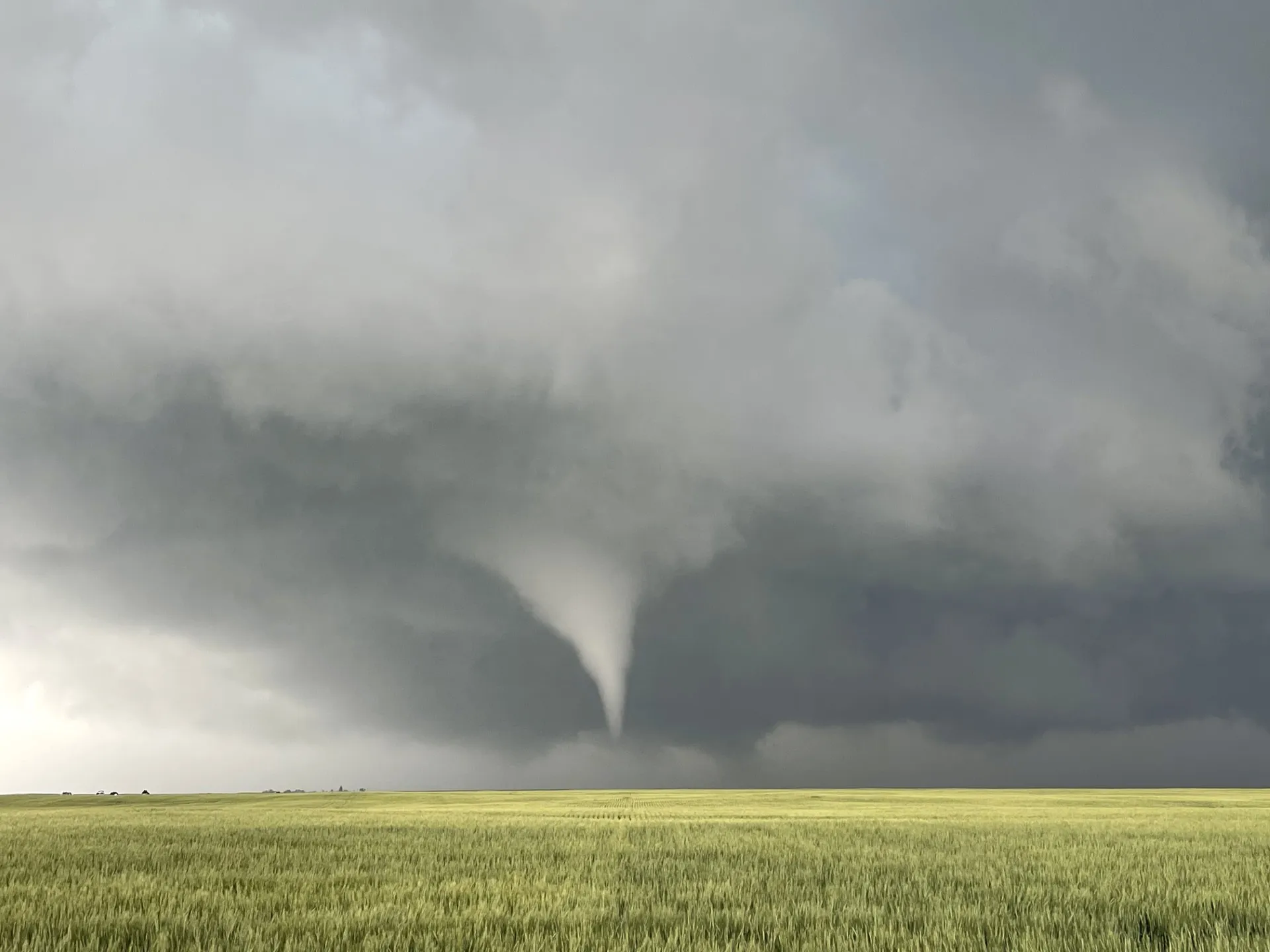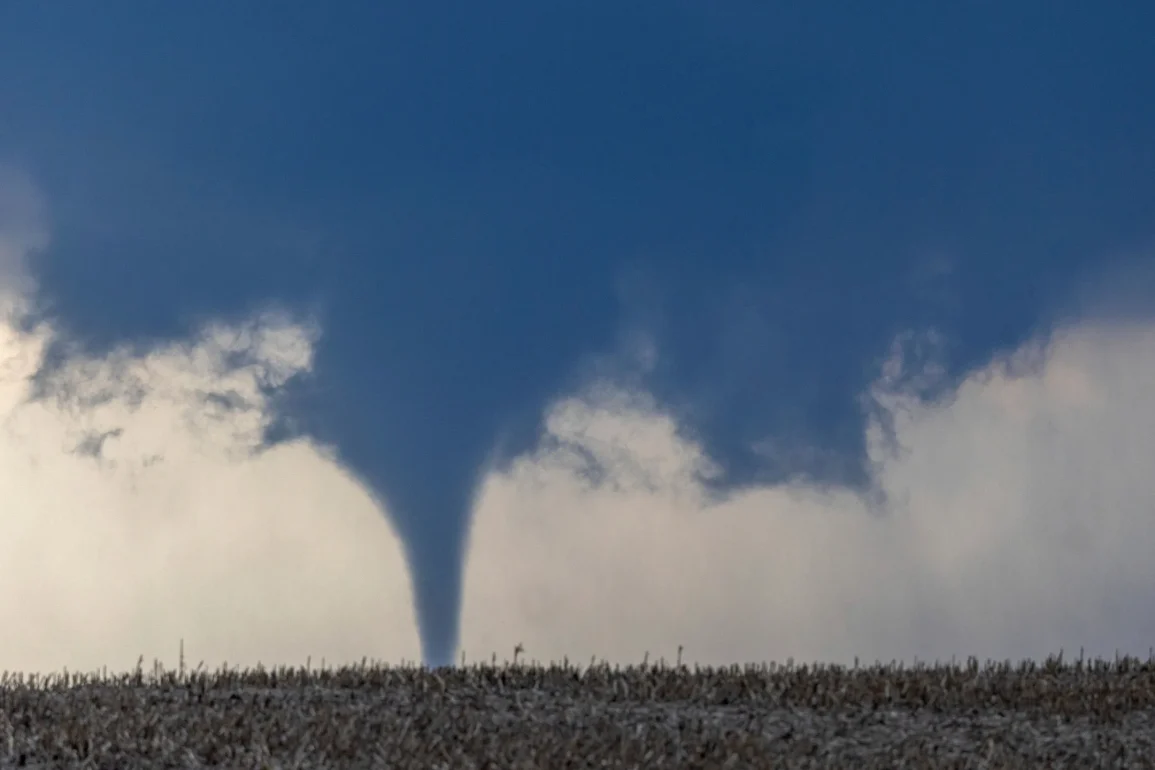Spring 2024 was particularly alarming for many U.S. residents as they faced frequent tornado warnings and sirens. More than 1,100 tornadoes were reported by May, nearly double the 30-year average, making it one of the most active seasons on record.
The U.S. experienced several multi-state tornado outbreaks, causing significant damage from Texas to Minnesota and as far east as West Virginia and Georgia. Towns like Greenfield, Iowa; Westmoreland, Kansas; and Bartlesville, Oklahoma, suffered extensive destruction, with Barnsdall, Oklahoma, being hit twice in two months.
The frequent tornado occurrences were driven by an overabundance of two key ingredients for tornadoes: wind shear and instability. The jet stream, a strong upper-level wind current, played a crucial role. During April and May 2024, the jet stream dipped southward in the western U.S. before moving northeast across the Plains, creating conditions favorable for tornado formation.
The sharp temperature contrasts, with persistent heat waves over Mexico and Texas and cooler conditions over the Rockies and northern U.S., intensified the jet stream, leading to stronger wind shear.

Additionally, the Gulf of Mexico was warmer than usual, contributing heat and moisture to the atmosphere, which increased instability—a critical factor for thunderstorms and tornadoes.
This combination of a strong jet stream and ample atmospheric instability set the stage for the hyperactive tornado season. As warm, moist air from the Gulf met the cooler air masses, it created the perfect environment for the severe thunderstorms that spawned numerous tornadoes.
The pattern of tornado activity in 2024 was influenced by the transition from El Nino to La Nina, a shift known to increase tornado frequency in the central Plains and Upper Midwest. This shift occurred during the spring, aligning with historical trends observed in similar climate transitions.
Consequently, the majority of tornadoes occurred in traditional Tornado Alley, stretching from northern Texas to South Dakota and extending across the Corn Belt to Ohio.
While the 2024 season was exceptionally active, long-term trends indicate a shift in tornado activity from the Great Plains to areas east of the Mississippi River. This shift is consistent with climate models predicting that as global temperatures rise, the Plains might see fewer tornadoes due to increasing heat capping thunderstorm development.
However, the eastern regions are likely to experience more tornadoes, driven by rising heat and moisture levels. Additionally, tornadoes are becoming more frequent during the cooler months, especially in the Southeast, and are occurring on fewer days but with more outbreaks on those days.

